The Case Behind the Experiential Office Space: Phoenix in Focus
How George Oliver used a dynamic workspace concept to reinvent a property and attract tenants.
As we emerge from COVID-19, companies are more and more eager to regain the benefits of in-person collaboration, slowly reviving empty office spaces across the country. However, after a year of work-from-home options, employees returning to the office desire quality workspaces. The new office is driven by experience, offers a dynamic and flexible work environment, and encompasses a health-conscious design.
While office buildings in Phoenix still stand largely empty, George Oliver’s experiential office spaces has recorded significant leasing activity since the pandemic started, according to Curt Kremer, managing partner at George Oliver. The company recently finished an extensive renovation of The Alexander in downtown Chandler, adding 112,000 square feet of space to its experiential office portfolio. In the interview below, Kremer talks about the specifics of the experiential office concept and reflects on what tenants will want and need when they return to the office.
George Oliver purchased Plaza 25 in downtown Chandler in 2019. What was your initial vision for this building, now called The Alexander?
Kremer: We acquired Plaza 25 because we loved the energy of downtown Chandler. It has new tech growth, new multifamily development, a great sense of community and highly walkable, locally owned and operated amenities. It is the kind of place where our experiential office concept thrives. To honor the location, we renamed The Alexander and its adjacent sister building The Johnathan after Chandler namesake Alexander Johnathan (A.J.) Chandler.
These buildings and this location allow us to apply our heavily amenitized experiential office approach in a way that will empower downtown Chandler for future growth. Our vision for these two projects is the same one we’ve taken with all our office building transformations, which is to deliver the first-of-its-type, experiential office product with a health-and-wellness-inspired amenity package, a strong connection between indoor and outdoor spaces, open concept interiors and a high-touch design that establishes a true sense of place and comfort.
READ ALSO: Phoenix Office Tenants Look for Quality Over Location
How has the pandemic altered your initial plans for The Alexander?
Kremer: Surprisingly, the pandemic hasn’t altered our plans at The Alexander. If anything, it has further proven the demand for our concept. It has forced many employers to rethink their office requirements and how they plan to utilize office spaces in the future.
In many instances, these employers are concluding that well-amenitized, flexible workplaces are the answer to their needs. Today’s employee requires more flexibility in the way they work, and if they decide to reoccupy the office, they would like a space that gives them a sense of well-being and community. Our product type is designed with those users in mind.
What features did you implement in response to the pandemic?
Kremer: Our COVID-19-related design enhancements include touchless accessibility throughout, featuring 10-foot sliding glass entry doors, motion-sensor restroom doors and fixtures, and touchless drinking fountains. We also upgraded the main HVAC systems and elevators to optimize air quality and functionality. Our design and construction teams did a great job of making these changes in real-time, solving George Oliver’s request to add these features to The Alexander and The Johnathan without delaying the construction schedule.
What are some of the unique amenities that encourage employees to come back to the office?
Kremer: Generally, our labor pools have enjoyed the ability to work from home during the pandemic, but employers are finding it difficult to maintain productivity and keep their company culture intact. As companies move to reoccupy the workplace, they will need to incentivize their employees to come back.
Our buildings help with that challenge by giving employees amenities like a quiet library workspace, a coffee shop environment in our lobby with Kaleidoscope Juice, and collaborative outdoor meeting spaces. We also offer a wellness and yoga studio with interactive equipment like Peloton bikes, iFit treadmills and rowing machines by NordicTrack, and a tranquil outdoor garden for meditative recharging.
Our buildings help employers create a sense of community and build a stronger culture as well, with outdoor gaming areas, a billiards room and a conference room equipped with tenant liquor cabinets that can be used for group networking or team-building events. Our research shows that these types of amenities not only promote a more wellness-inspired lifestyle but also create a more collaborative environment for employees to grow professionally.
READ ALSO: Top 10 Office Projects Under Construction in Phoenix
You refer to The Alexander and other George Oliver projects as experiential workspaces. What exactly is behind this concept?
Kremer: Our society is driven by experience. It’s the reason Starbucks took over the retail coffee shop industry. People today want options that don’t always fit inside the outdated box that our commercial real estate industry has built for them.
Look at the craft beer business. Just 10 years ago a good beer selection at a restaurant might have included a choice of three domestics and two imports. Now, if you don’t have at least a dozen beer options, you’re missing out on a large sector of the marketplace.
Over the past five years, real estate users and developers have finally opened their eyes to change. Historically, users made decisions on where to locate their offices based more on location and less on what the building could offer them. That’s because most building types were a commodity in nature.
But as office spaces have begun offering more options and flexibility, that dynamic has changed quickly. Users are now starting to make decisions based on the office product itself and the location is becoming secondary. We see this every day in our marketplace. Users will tour as many as five submarkets looking for the right building when historically they would have toured inside of only one submarket.
What can you tell us about the leasing activity across your portfolio?
Kremer: Leasing across our office portfolio is robust, even during the pandemic. At our Casa project in North Phoenix, we signed more new office leases since the pandemic started than any other office building in the Valley. Employees and tenants are demanding a dynamic workplace experience like George Oliver projects deliver. These projects are enjoying the greatest leasing attention right now, and we believe they will be the product type that continues to lease up rapidly as we emerge from the pandemic.
What type of tenant is more attracted to the experiential workspace?
Kremer: Historically, I would say tech users represented the majority of our demand, but now I’m seeing our experiential product type in high demand across most user types. We still haven’t signed a lease with a law firm, but we’ve had some tours; I expect that will change over the next 12 months.
What trends do you expect to continue shaping the office landscape?
Kremer: Today’s employers are increasingly looking for a workplace advantage to solve their recruiting and retention needs. Small to mid-sized companies who do not have the scale to build highly amenitized corporate campuses can achieve this at our spaces because our projects operate like a campus, with shared amenities and programming. This allows tenants to compete on a larger scale when recruiting employees.
We are bullish on our approach and have already purchased our next transformation project, Hayden Station on Mill Avenue in downtown Tempe. It includes a mix of office, retail and restaurant space in five buildings. From a live-work-play perspective, the location is our most exciting infill, campus-style repositioning strategy to date. It has everything in place—great existing structures, dynamic employee and tenant demographics, and a strong mixed-use character—to deliver one of our best-ever George Oliver concepts.

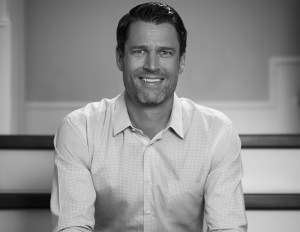
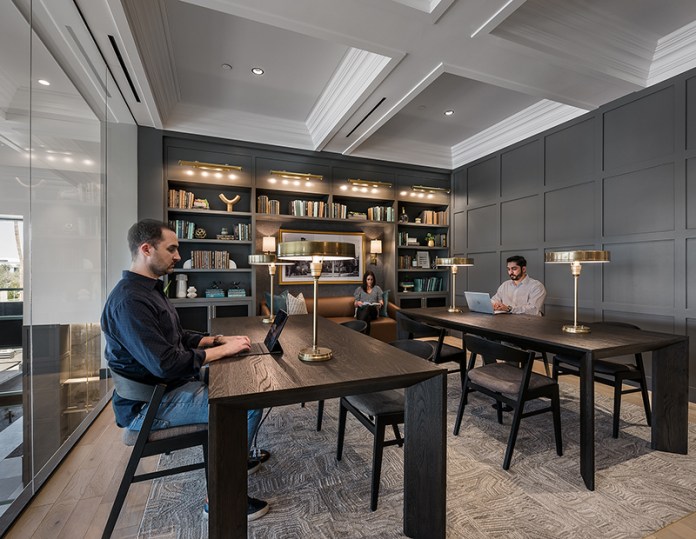
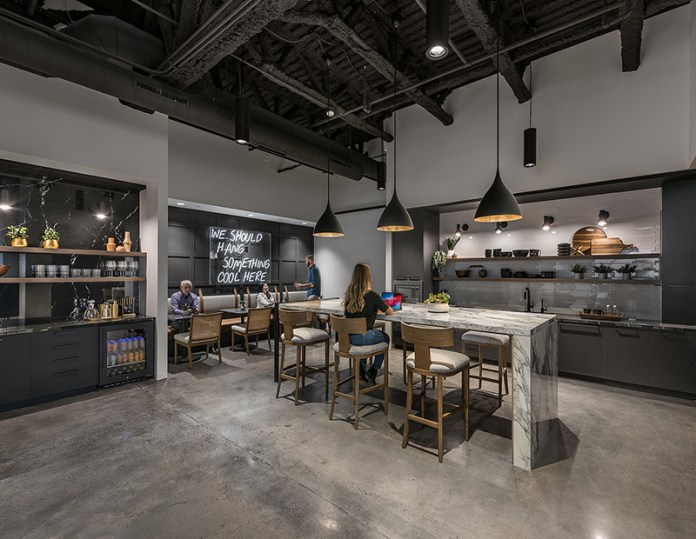
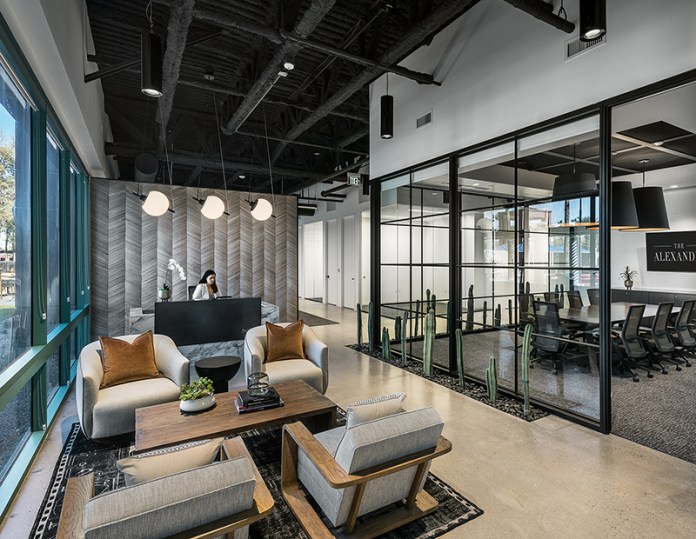
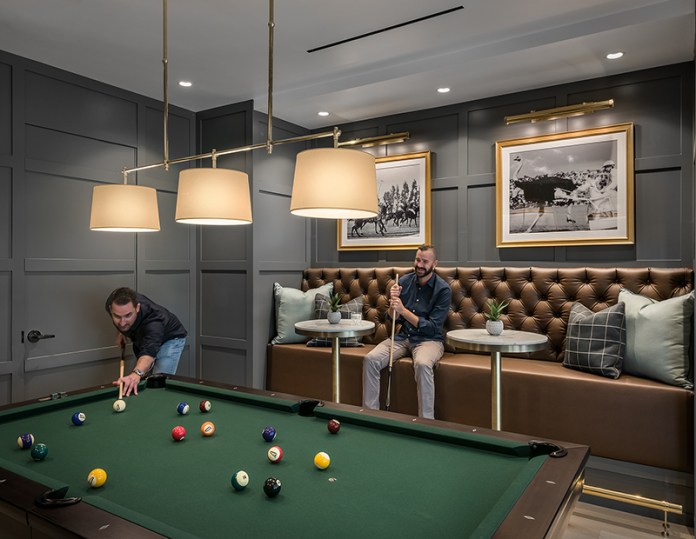
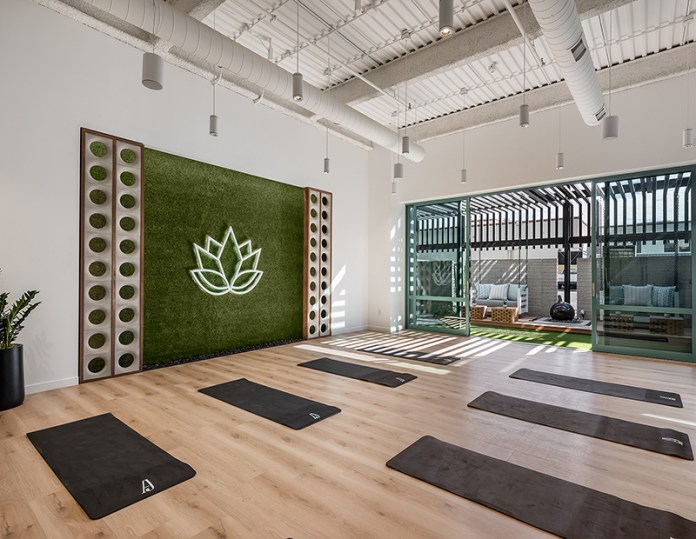


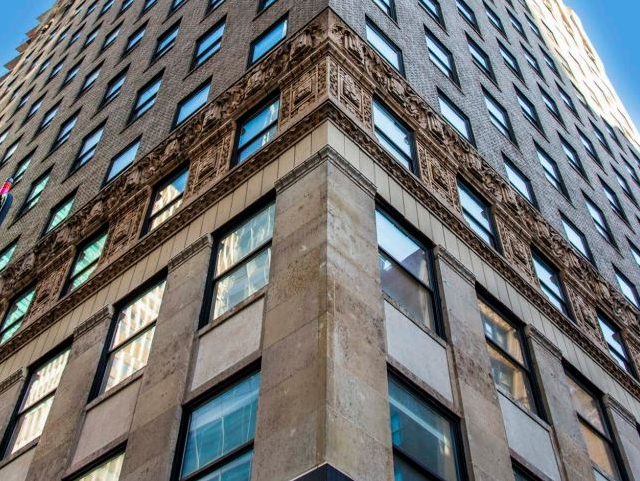
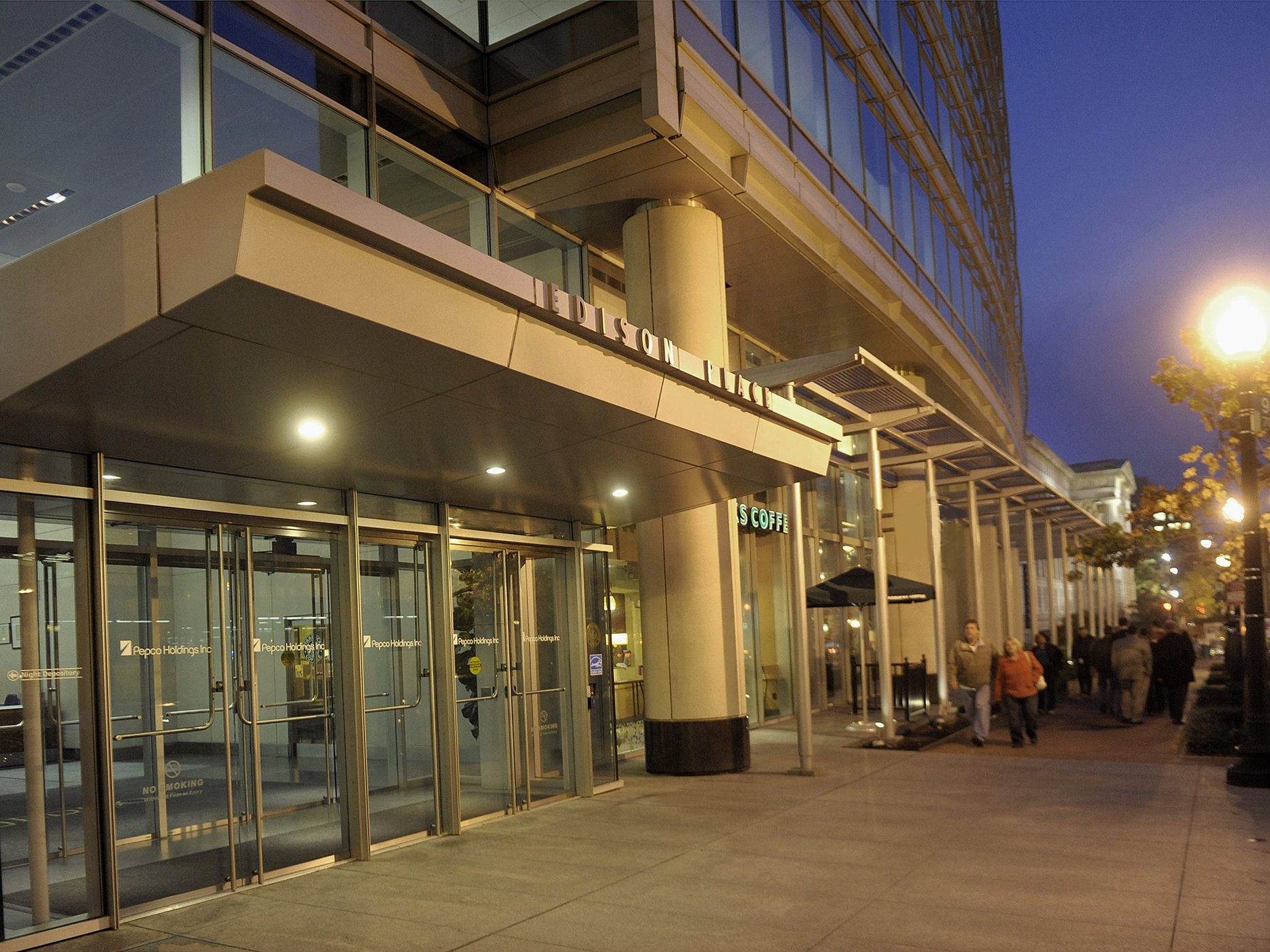
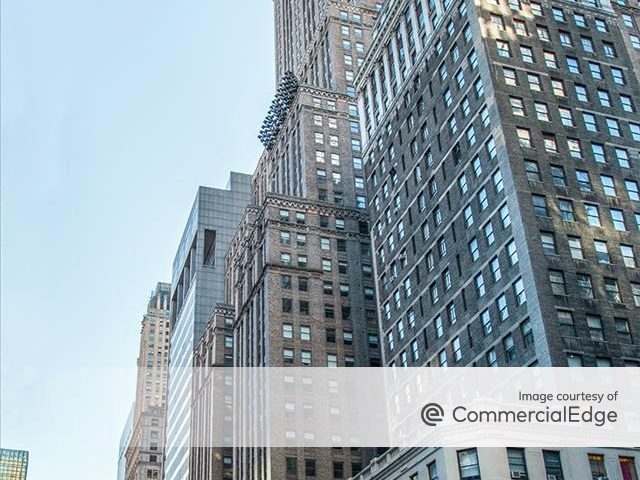
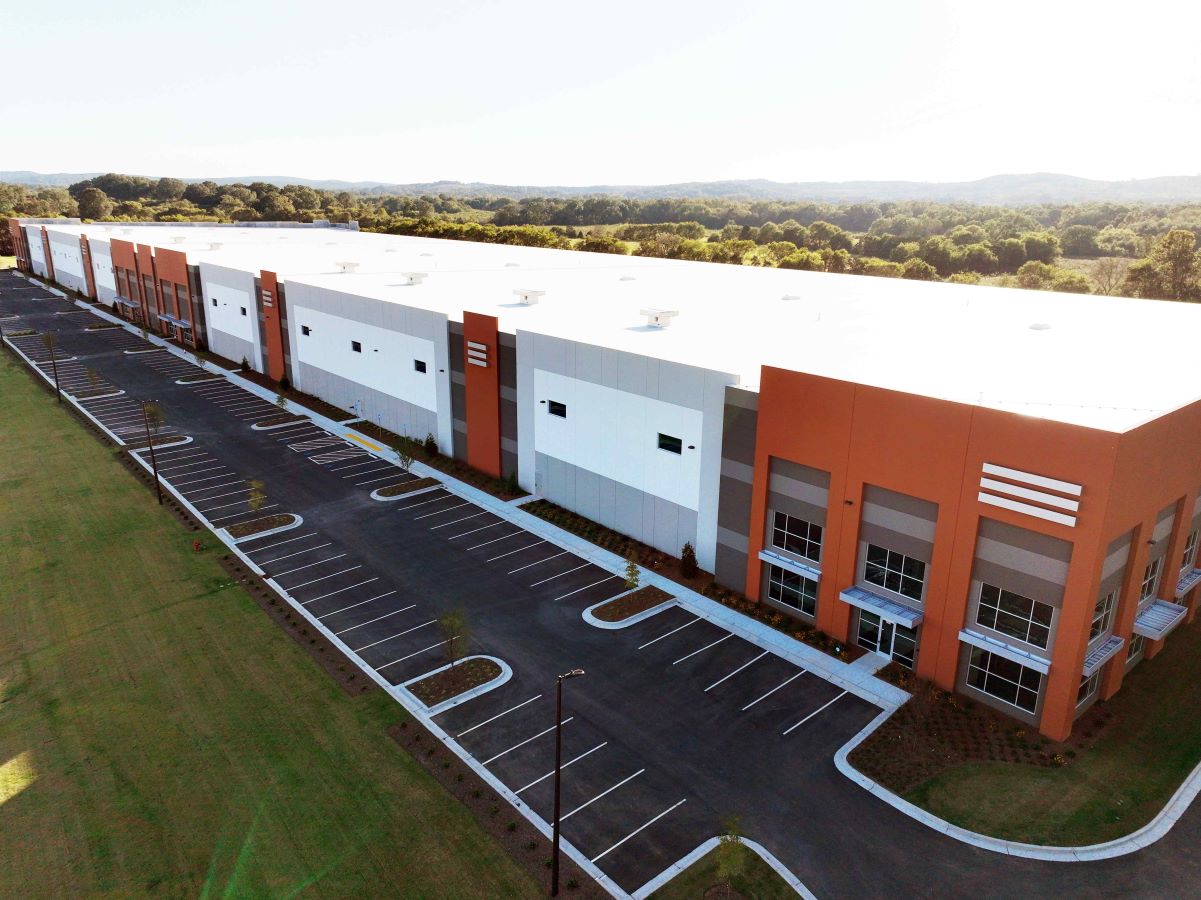
You must be logged in to post a comment.